Japanese Settler community in Bolivia, San Juan: Annual celebration to show respect for the aged
サンフアンのご高齢者はとにかくお元気。70歳を越えていてもゲートボールやパークゴルフを楽しまれ、ご自宅では畑仕事や家事と毎日お忙しそうです。また70歳からは寿会というクラブへの参加が可能となり、寿会での遠足やレクリエーション大会などを楽しまれているようです。
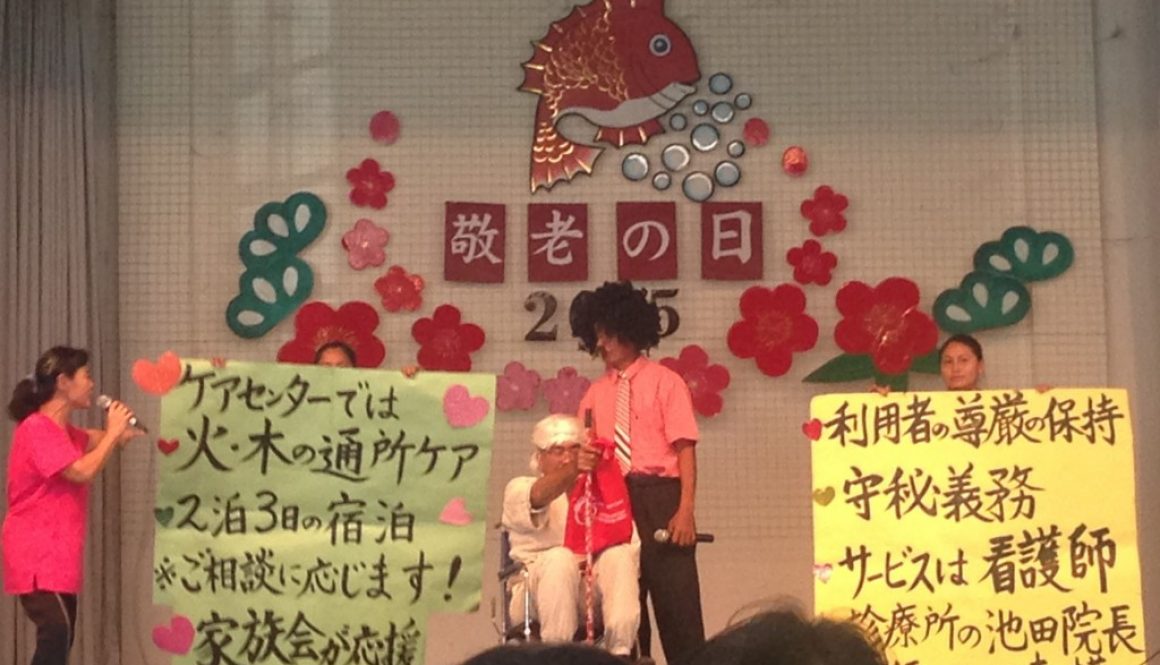
サンフアンのご高齢者はとにかくお元気。70歳を越えていてもゲートボールやパークゴルフを楽しまれ、ご自宅では畑仕事や家事と毎日お忙しそうです。また70歳からは寿会というクラブへの参加が可能となり、寿会での遠足やレクリエーション大会などを楽しまれているようです。
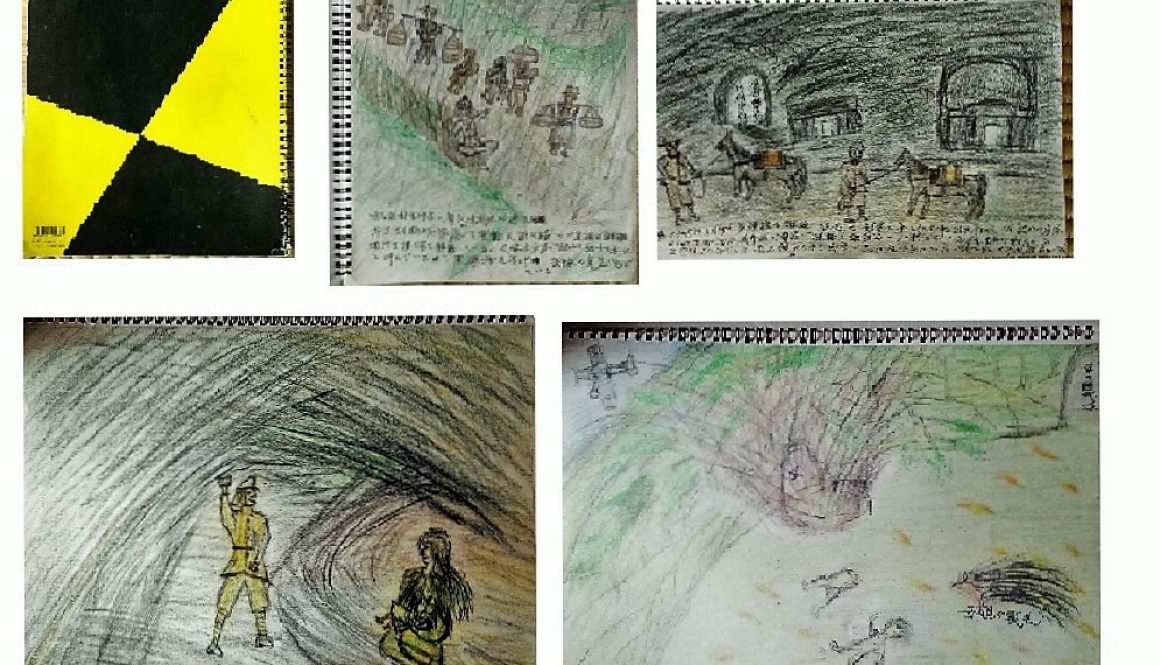
はじめまして。airiです。
私は今年大学を卒業して、教育関係の仕事をしています。
初投稿の内容は、大学時代に行っていた活動について書きます。
私の活動とは、16歳で沖縄戦を体験した祖父の戦争体験を語り継ぐ活動です。
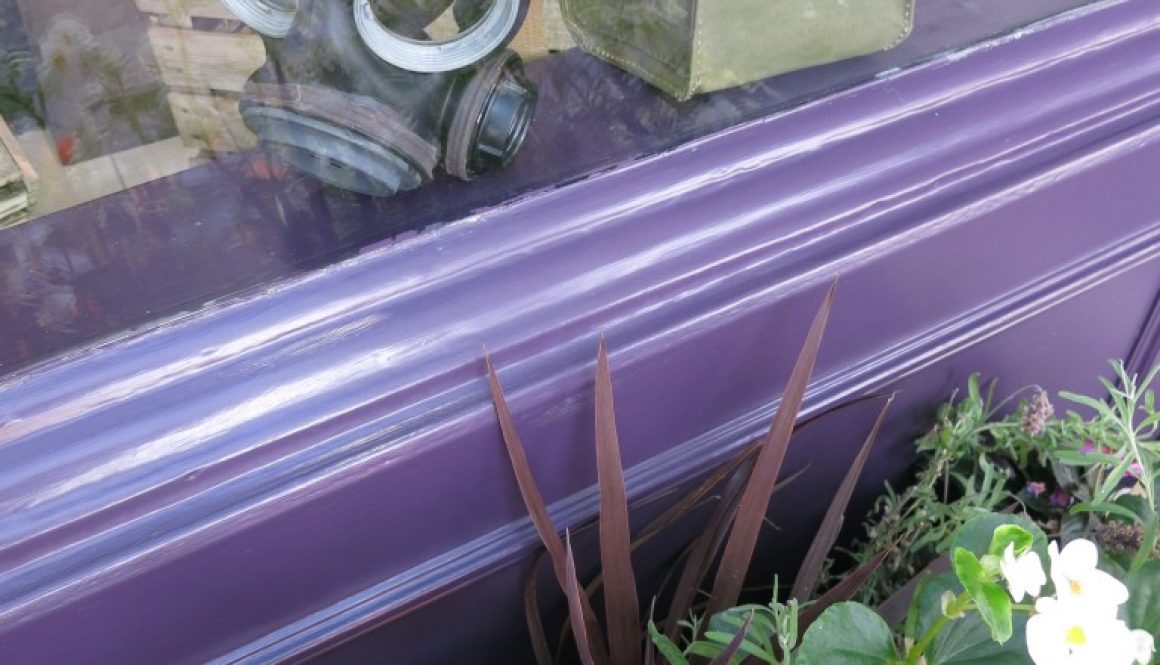
Language言語: English/日本語 Lytham 1940s War Time Festival was organized and cooperated by the town. Those battle re-enactment field and commercial area were located on the grasses by the sea. However, when you went back to the town main street, you could also immerse yourself in the mood of 1940s by looking at shop windows and even watching the people who dressed up in 1940s. リズム1940年の戦争時をテーマにしたフェスティバルは街によって運営され、また、街をあげて協力している。前に説明した戦闘の再現を行うフィールドと商業エリアは海辺のそばの芝生に位置していた。しかし、街の目抜き通りに戻れば、店のショーウィンドウに目をやったり、1940年代の服に身を包んだ人たちを観察すると、すっかり1940年代の雰囲気に浸ることができる。 Lytham is a small but elegant town. Yet it is a living town, so there are of course the usual fish shop and vegitable shop are on the main street as well. リズムは規模は小さいものの上品な感じのする街だ。それと同時に人々が生活をする街でもあるので、もちろんのこと日常の魚屋や八百屋も目抜き通りにある。 What I learned through this festival this time is how we understand the […]
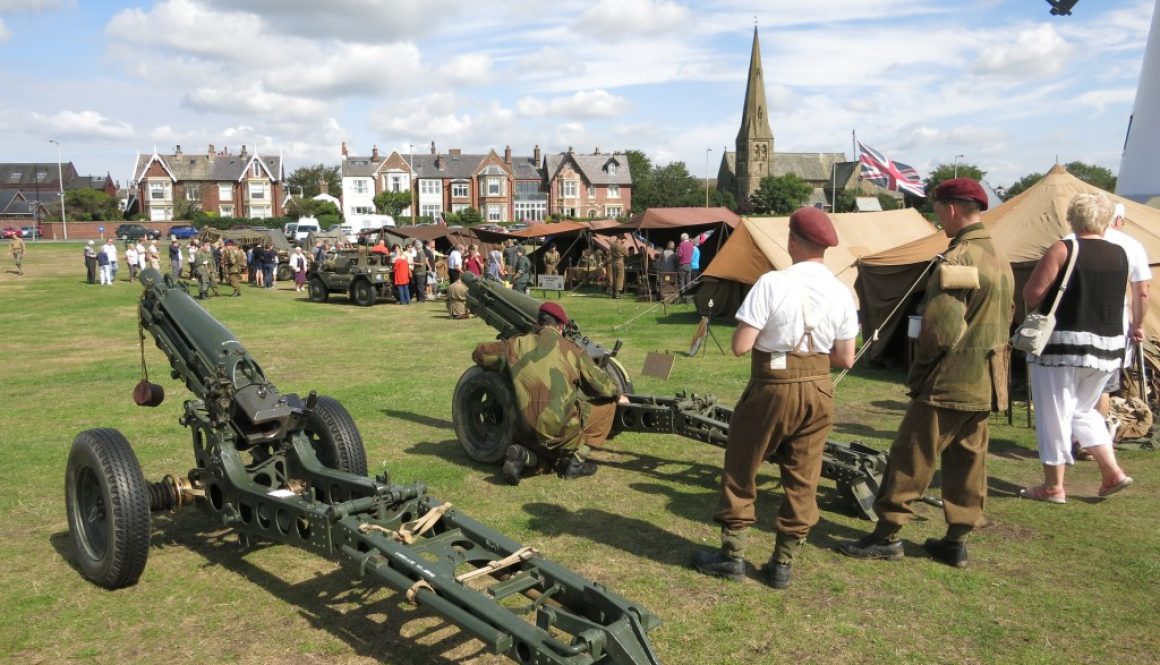
Language言語: English/日本語 On the 16th of Aug, the weather improved and I popped in the Lytham 1940s War Time Festival. 8月16日、お天気は昨日よりもよくなり、気持ちの良い午後に、リズムの1940年代戦争時をテーマにしたフェスティバルに寄ってみた。 Paul indicated that battle re-enactment field was divided from the commercial area. What is commercial area in terms of 1940s? First, I walked along glancing the whole stalls and tents; they were selling fashionable dresses, fancy hats and accessaries in 1940s, so as soldier’s uniforms, helmets, etc. The music in the war time perhaps was played in the large tent, too. Ok, all these markets looked very familiar as a festival. Somthing people can have fun. そういえば、ポールさんが戦闘の再現する場所と「営利目的」のエリアとは区別されているといっていた。1940年代をテーマにした「営利目的」のエリアとは何だろう。まずは、全体の屋台やテントをざっと歩いてみる。屋台やテントでは当時の流行だった女性のドレス、飾りのついた帽子やアクセサリーを売っていたり、兵士の軍服やヘルメットまであった。大きなテントでは当時のものと思われる音楽もかけられている。なるほど、屋台エリアはお祭りっぽい。来場者が楽しめる感じだ。 In the opposite side of the area, I saw series of war time airplanes […]
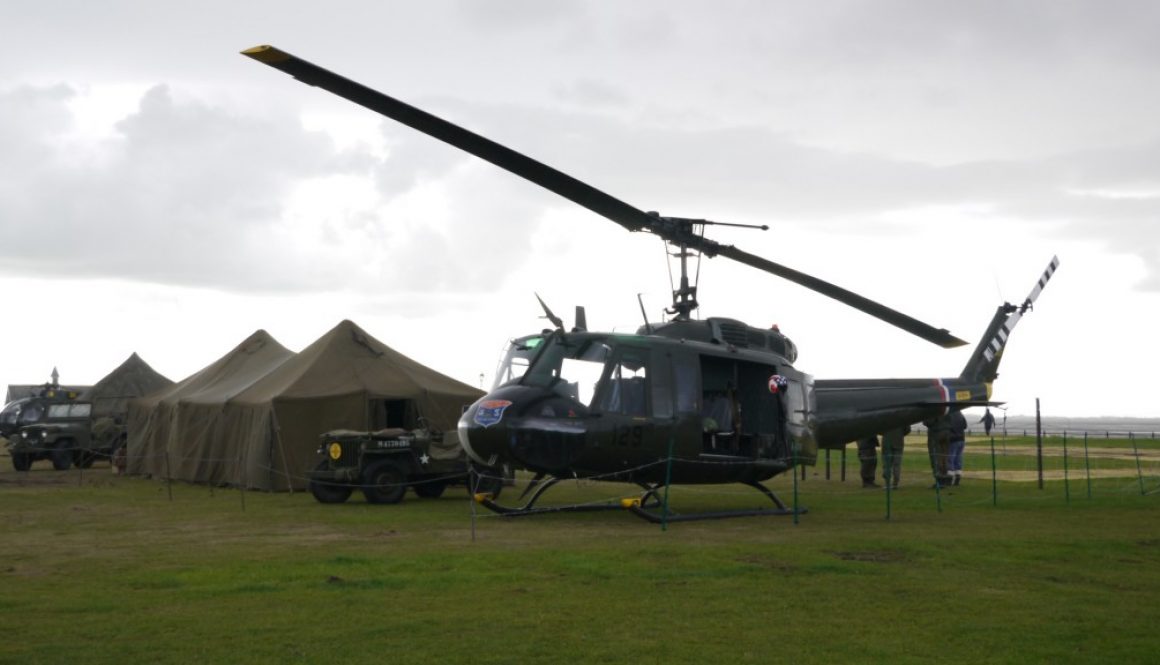
Language言語: English/日本語 Very luckily, the man in the uniform, Paul, is a history teacher and he explained about this battle re-enactment, as the way I wanted. He was dressed in German soldier’s uniform and he explained that it would be a battle re-enactment in the afternoon, a battle between British, American and German teams (mock armies?). The main purpose for this battle is to re-enact the war time and makes his students/younger generation know how the war was like, he said. It sounded more like experitential excercise of education. Ok, I felt relieved, in one way, because being a Japanese I was the enemy for British & American armies in war […]
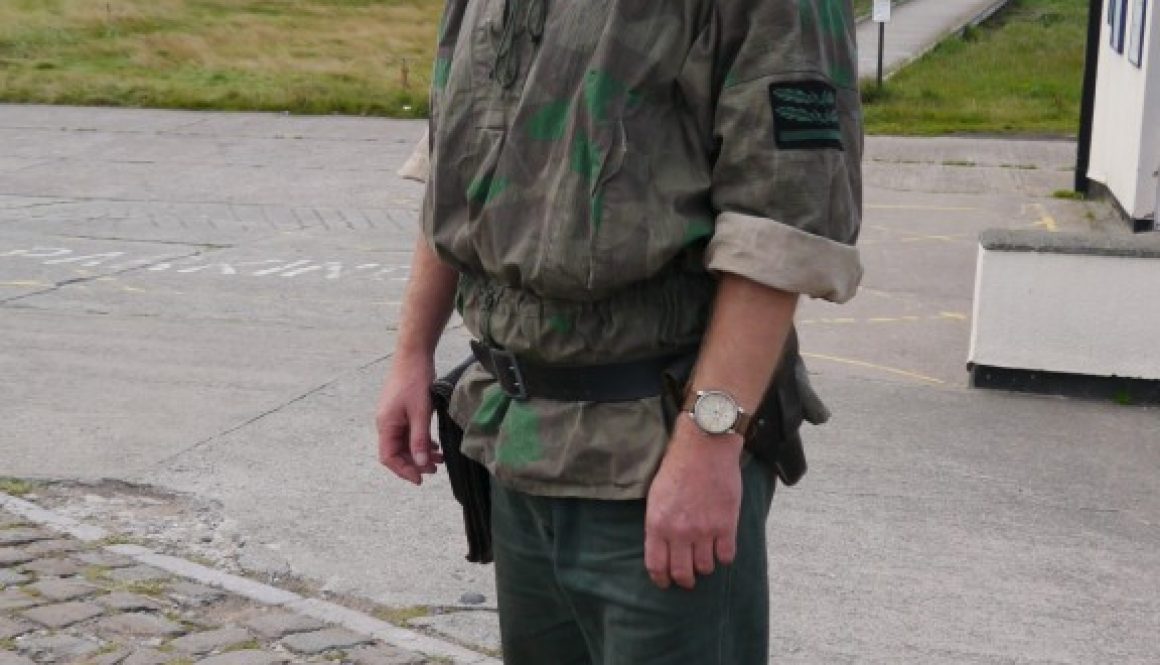
Language言語: English/日本語 This year I happened to be in Lytham, the north of England, on the day of Aug 15. The end of WW2. This year is 70th year since the war ended. I was wondering how British people will see or do on this day. If I was in Japan, our local goverment announcement through the public speaker to remind us about the day, I would stop the things I was doing and close my eyes to pay the respect and think of the dead, victims of the wars and nuclear bombs, in Hiroshima, Nagasaki and Okinawa, though only within my limited imagination of what happened to them. 今年の8月15日に、私は北イングランドのリズムの街に滞在している。第二次世界大戦の終戦日。今年は戦後70年にあたる年。私はイギリスの人たちがこの日をどのように捉えて何をするのだろうと思いを巡らしていた。もし、私が日本にいたならば、自治体のスピーカーから終戦記念日であることを知らせるアナウンスがあり、それと共に私は仕事の手をとめ、黙とうを捧げ、広島、長崎、沖縄の戦争と原子力爆弾の犠牲者、死者となってしまった人たちに思いをはせていただろう、彼らに何が起きたのかということは限られた想像力の範疇でしか思いを寄せることはできないが。 This […]
The other day, my family gathered to celebrate my great grandfather’s birthday. My great grandfather is the first generation of the immigrants who went to Peru. We went to mass to commemorate my great grandfather’s birthday, and then we discussed about the life story of my great grandfather who travelled such a long distance. About 100 years ago, he crossed the ocean from Japan to Peru with only 100 dollars in his pocket. In a foreign land, he managed to end up running 3 different hair salons. We all talked about how hard it must have been for him since there were wars going on back then and a lot […]

沖縄には、9月にしまくとぅば(島ことば)の日がある。2014年の今年は、琉球諸語の豊かさを改めてかみしめる節目となった。 There is a day which is called ‘Shimakutuba no hi (a day to use and remember old tongue/s of Ryukyu islands)’ in September. This year, 2014, is marked to acknowledge the diversity of Ryukyu languages. 危機言語のカテゴリーの中には、沖縄のことば(琉球諸語)も含まれている。今年は沖縄県内だけではなく、沖縄県を越えて、世界各国の危機言語の危機言語話者自身や危機言語に関わる国内外の研究者が現状報告をする二つの国際大会が東京と那覇においてあった。 In the category of endangered languages, the languages in Okinawa are included. Not only within Okinawa prefecture but beyond geographical Okinawa prefecture, there were two international conferences on the topic of endangered languages in the world in Tokyo and Naha, where the speakers and researchers of endangered languages exchanged the updated report. 9月13日には東京(学習院大学でリンガパックスのシンポジウムhttp://www.linguapax-asia.org/symposium-program.html?lang=ja)で、また、9月17-20日に那覇(沖縄国際大学等で危機言語財団による国際年次大会http://ryukyuans.org/new_program)が行われた。 There were two internationa conferences: on Sep 13 in Tokyo, at Gakushuin University, a symposium by Linguapax (http://www.linguapax-asia.org/symposium-program.html?lang=ja) and between Sep […]

国際基督教大学、東ヶ崎潔記念ダイアログハウス2階国際会議場で行った、「多文化共生を再考する―――学際的な視点から」の二日目です。 This is the report about the second day of the two-day mini-symposium at the International Christian University, Kiyoshi Togasaki Memorial Dialogue House 2nd Floor, International Conference Hall, titled “Rethinking ‘Tabunka (multicultural)’ and ‘Kyosei (co-existence)’—by the interdisciplinary perspectives”. この日のプログラムは以下の内容でした。The programme for the second day is as follows. <第二日目: 9月14日(日)Day 2: September 14th (Sunday) 13:00-16:30> 歴史と時間を軸に多文化・多言語のあり方を問い直す An inquiry into multicultural and multilingual being from the perspective of history and time 中牧弘允(吹田市立博物館館長、国立民族学博物館名誉教授) Hirochika NAKAMAKI (Director of Suita City Museum, Osaka and National Museum of Ethnology, Professor Emeritus) 文化人類学 Anthropology 「多文化共生に向けたコミュニティづくり―カレンダーにさぐる」Toward Socially Inclusive Multicultural Community — A Perspective from Ethnic Calendars John. C. MAHER (International Christian University, Professor and Director of IERS) ジョン・C・マーハ(国際基督教大学・教育研究所所長) 言語社会学・言語学 Sociology […]
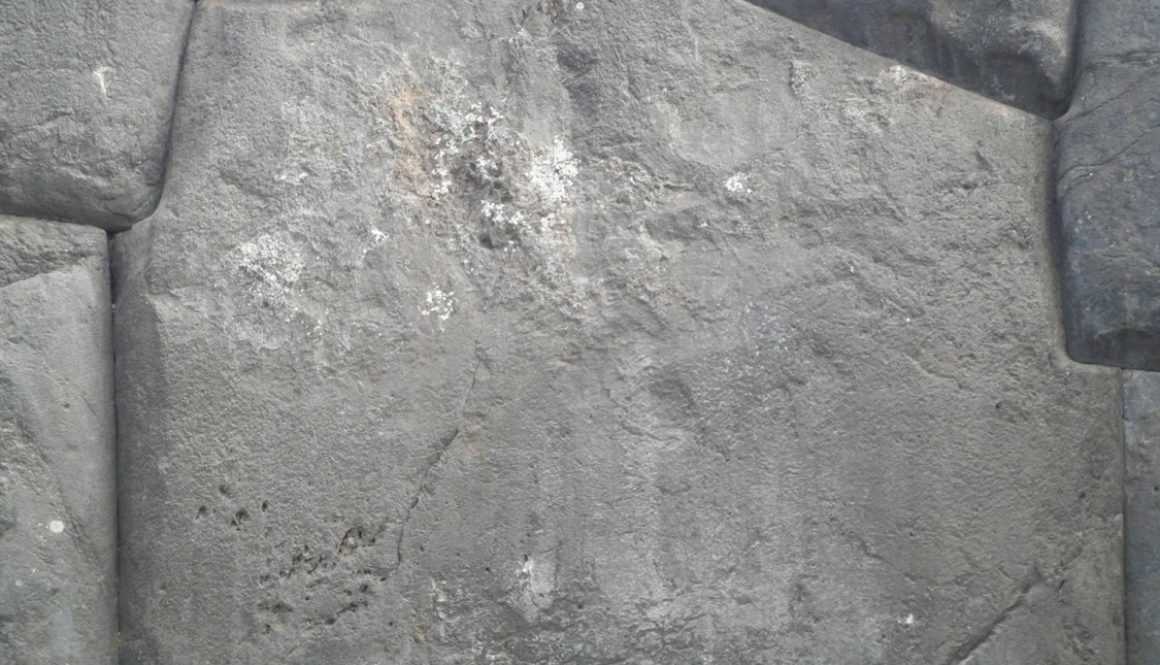
前回のブログでは、ペルーという国が意外と多文化な国であるということについて書きました。もちろん日本も異なる文化を持つ社会であると言えますが、ペルーという国はその成り立ちからその中に、様々な文化を内包していました。 ペルーといえばインカ帝国が有名ですが、実はそのインカ帝国、領域内を一つの文明のみが支配していたわけではありません。インカの文明がその版図を広げた理由は、征服した地域の文明を尊重したからだと言われています。インカの有名な石組みも元をたどれば、征服した文明からもらった技術なのです。 たくさんの文化が合わさったインカの文明も、スペインの植民地化によって破壊されてしまいます。もちろん完璧に破壊されるわけではなく、スペインの文化と土着の文化はその政治的なパワーによる偏向はあっても、ひとつの国に同居していました。独立に際しても、その中核はスペイン系の比較的富裕な人たちなので大きな変化は起こりませんでしたが、次第に”ペルー”というアイデンティティをより強固に持ち始めます。 その後、時代は世界がどんどんつながり始め、ペルーにもたくさんの移民がやってくるようになります。ヨーロッパから、アジアから、様々なところからやってきた移民がペルーに新たな文化を持ち込みます。今でもそれらの文化は残っていますが、その紹介は次回にしましょう。次回の内容のヒントはお写真で。 In the foremer post of my blog, I mentioned about the variety of cultures in Peru. Of course, Japan also has various culture in that land. However, the history of Peru begin with various cultures. Peru is famous as the country of Incan Empire. Actually, this empire did not controll the territory with monoculture system. The reasonwhy the empire could conquer territory is because the empire respect cultures which were conquered. The origion of stone’s arrengement technology which is famous as Incan culture was from other culture. The well combination of cultures, Incan Empire was destroyed by Spain. Of course, that was not the complete destruction. […]